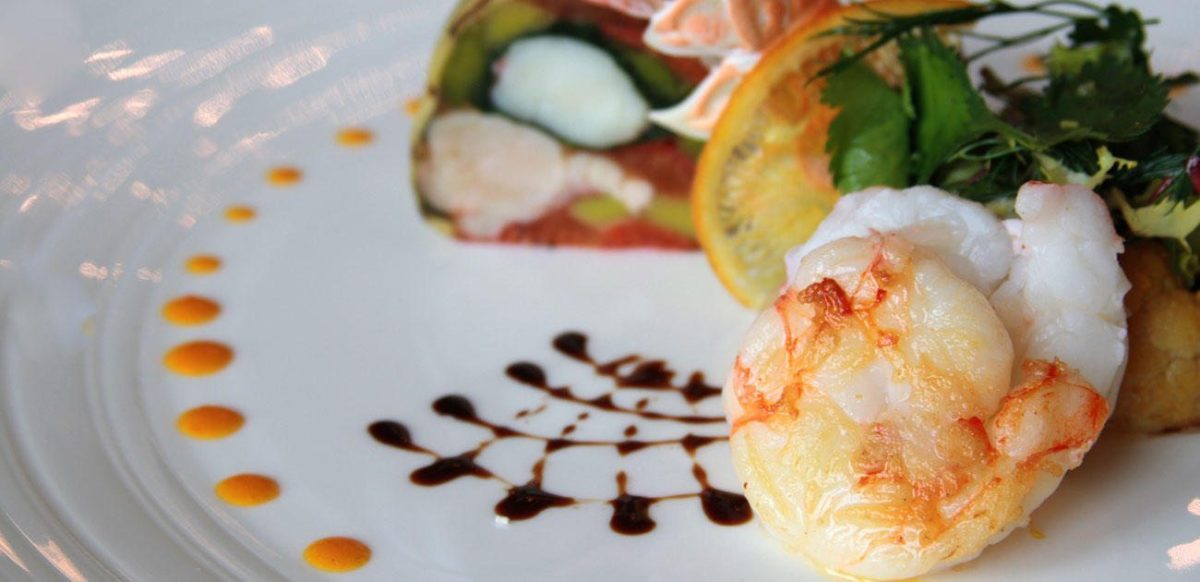
While rice and beans and potato salad are fairly ubiquitous everywhere you go in Belize, there are a few little culinary twists and turns that are very specific to this part of the world. To supply some background, there is a combination of gastronomic forces at play here: the Central American and Mexican influence is probably the most obvious, but there are also plenty of Caribbean flavors to go around in the form of jerk chicken and curry. The chicken itself, and all game birds in general have much more flavorful than what you generally find in a modern supermarket, in no small part due to a natural diet and being raised cage free.
Another type of locally sourced meat is gibnut, essentially a large and easily caught rodent that you’ll find popping up on menus everywhere. While it may sound odd, gibnut is quite a delicacy, with the flavor and texture not unlike pork, though it has also been compared to rabbit, of which it is surely a cousin. Also known as the ‘royal rodent’, it has some history with the monarchy, as Queen Elizabeth II enjoyed it on her first visit to Belize when it was still known as British Honduras. Mostly you’ll find it stewed or braised but it does well roasted, barbecued or fried, using any recipe one might use for rabbit.
If you’re a fan of coconut, you’ll be pleased to know that its subtle sweetness pervades many a dish, providing a base for milder curries and adding an alluring scent to any rice dish. Johnny Cakes are small bread cakes made from coconut milk and flour, then baked on a fire hearth, and you might find them on a breakfast table or at lunch paired with beans or cheese. Essentially, every part of the coconut is used, from the water used as a drink or to mix cocktails, the meat pulverized for its juice or used in recipes, like coconut crusted pies and tarts, trifle, coconut ice cream and even coconut fudge!
Flour tortillas are also known as fry jacks, and are generally made by hand, eaten with cheeses, refried beans or with scrambled eggs for breakfast. Another starchy staple is cassava, which is a tuber used for making many different things: it can be used to make flour for certain types of bread, while the sweeter varieties are used for making desserts and can double as starch on the dinner plate, replacing the potato. Also known as arrowroot, cassava is naturally gluten free, which some diners might be delighted to know. Come back for more on Belizean cuisine and discover how the locals like to light up their taste buds!

